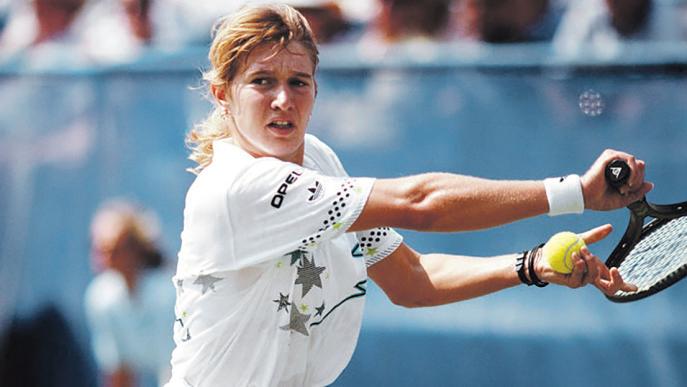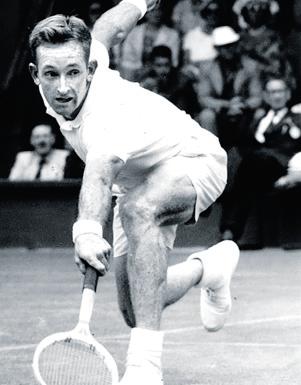
1 minute read
THE BILLY-GOATS OF TENNIS
FOR just two weeks every year, the English take an interest in tennis and start making comparisons.
It is impossible to conclude who is the greatest tennis player of all time. We know that Steffi Graf had the measure of three other alltime greats, Navratilova, Seles and Williams, which suggests (but does not prove), that she was the greatest female player. We also know from all the statistics (apart from the number of Grand Slam triumphs) that she was unquestionably the greatest achieverthe NannyGOAT. This is not necessarily the same thing as the greatest player.
With the men it is more complicated. Four of the six front contenders were at their peak in the same era. Predictably, as soon as Djokovic overtook Nadal in Grand Slam (Major) titles, he was hailed as the greatest male player of all time (the GOAT). He was the same player the day before the
Roland Garros final. A day later, Nadal was no longer considered the greatest, simply because injury prevented him from competing in the French which he probably would have won.
In fact, there are many factors, apart from the number of Major titles, that determine a player´s greatness. The number of weeks at world number 1, the number of yearends finishing as number 1 (both Djokovic); the total number of singles titles and calendar Grand Slams (both Rod Laver), the number of Major titles as a ratio of those contested (Sampras) …
And then there are circumstantial factors. Laver won the calendar year Grand Slam in 1962 and 1969. During the intermittent six years he was not eligible for the Majors because he had turned professional. He thus missed out on 24 Slams. Bearing in mind his dominance both before and after the ban, it is reasonable to assume that he would have won at least half of them to add to his tally of 11, giving a minimum total of 23.

Injuries have wrought havoc









